Why Al Midan Should Be Your Next Stop in Damascus
Al-Midan is one of Damascus ’s oldest and most storied neighborhoods, where every alley has a tale to tell. Located in the southern part of the city, between Bab Musalla and Al Qadam, this district has long been a lively center of activity.
A Glimpse into Al-Midan’s History
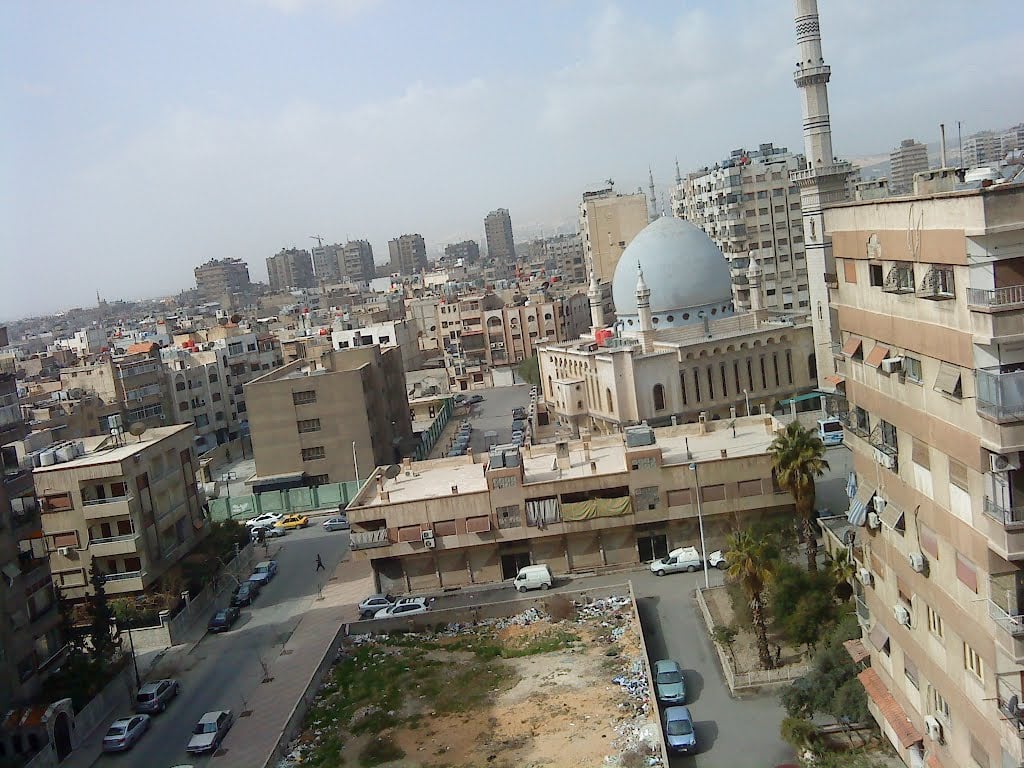
Al-Midan was established during the Mamluk era, originally serving as a rest stop for caravans heading to Mecca and Medina. Its name comes from the Arabic word for “field,” as it was once used for horseback riding and training. Thanks to its strategic location, connecting Damascus with other cities, Al-Midan quickly became a bustling market area. The neighborhood is traditionally divided into areas known as “Midan Fo’ani” (Upper Midan), “Midan Tahtani” (Lower Midan), and “Midan Abu Habl,” each with its own distinct character.
Timeless Landmarks of Al-Midan
Saint Hanania Church
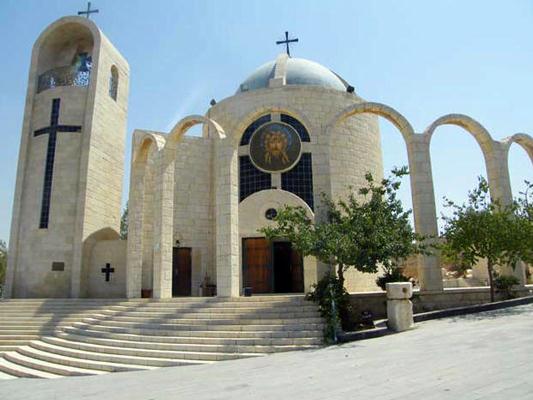
Al-Midan is full of historic buildings that echo Damascus’s rich heritage. One of these is Saint Hanania Church, one of the oldest churches in Damascus after the Mariamite Cathedral. Tucked away in Zaqaq Al-Qarashi ( Qurashi Alley ), this church is known for its charming old architecture.
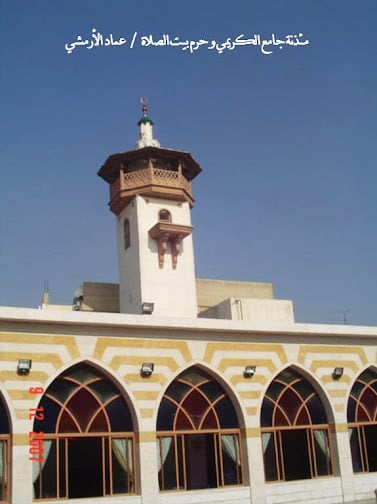
Mosques
The neighborhood also boasts a number of historic mosques from different periods. Notable among them is Bab Musalla Mosque in “Midan Tahtani,” built during the Ayyubid period in 1209, and Al-Karimi Mosque in “Midan Foqani,” constructed during the Mamluk era in 1318. There’s also the Taynabiya Mosque, established in 1396, and the beautiful Mamluk-style Manjak Mosque, built in 1407. From the Ottoman period, the Ghawas Mosque and tomb, built in 1878, are still prominent in the area that bears the same name.
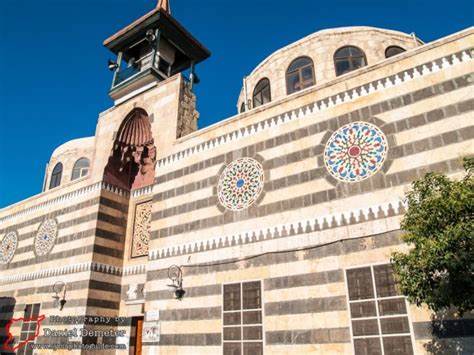
Al-Midan is also home to several old Arabic bathhouses, some still operating today. These historical landmarks add a unique, spiritual layer to Al-Midan, showcasing the neighborhood’s ability to preserve its heritage through time.
Life in Al-Midan Neighborhood
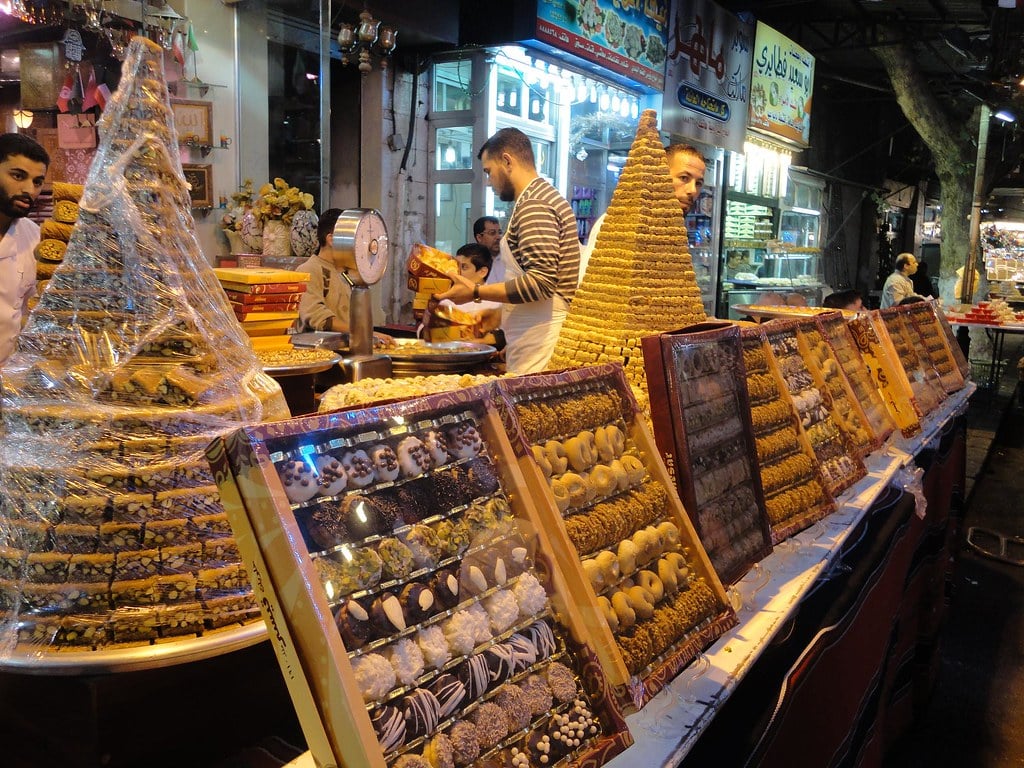
Today, Al-Midan strikes a balance between its rich history and the buzz of modern life. The streets are alive with markets and shops, offering everything from clothing and fabrics to traditional foods and Damascene sweets. The neighborhood is known for its authentic Damascene vibe, where both locals and visitors feel the warmth of its atmosphere, whether browsing the markets or wandering the old streets.
Architectural Character of the District

Al-Midan’s traditional architecture, with its old houses and narrow lanes, reflects the true essence of Damascus. The district remains a living testament to Damascene heritage, where simplicity and beauty go hand in hand.
Al-Midan is more than just a neighborhood—it’s a journey through time. A visit here lets you soak in the charm of old Damascus, experiencing the city’s soul in its purest form.